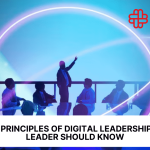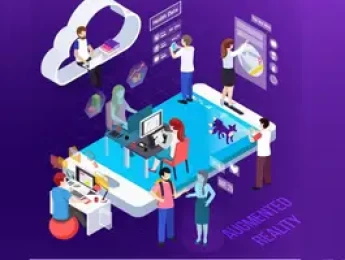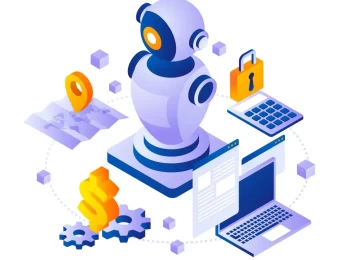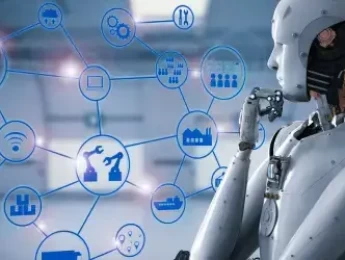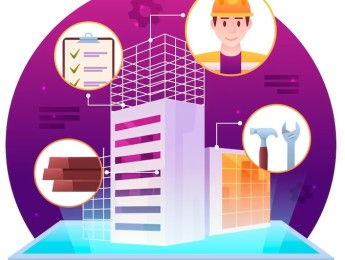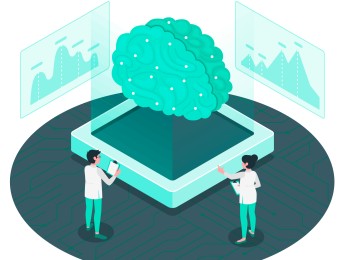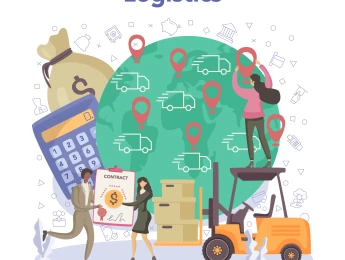Modern technology is constantly evolving and improving, and every organisation in the modern world has to use data connections to conduct daily functions.
There are an increasing number of ways of digital data communication, and as standards evolve, more issues have risen, too. Before implementing ethernet to a network, it is crucial to have a thorough understanding of pre-existing networks and transmission methods. Knowledge of the processes of OSI models and the seven layers that revolve around communication, including data link, network, and application, is also crucial.
Comprehension of data communication will be greatly beneficial when attempting to understand gigabit ethernet processing. To integrate GbE into a network, it is vital to understand the different sub-layers of ethernet, and the protocols related to function and safety. Furthermore, the equipment utilised greatly impacts the effectiveness of ethernet; finding the right type of cable to match the desired data communication output and input should be a priority. To fully assess the capabilities of an ethernet connection, a fundamental block diagram can be created to predict and review the desired performance.
Upon completion of this course, participants will be able to:
- Review basic principles of data communication.
- Consider appropriate data communication strategies.
- Assess the advantages and disadvantages of data communication.
- Analyse key features of modern digital communication systems.
- Evaluate what challenges digital communication may face and possible solutions.
- Understand all 10, 40 and 100 Gigabit Ethernet (GbE) aspects.
- Explain how GbE is adapted for MAC and PCS interfaces.
- Recognise the different properties of ethernet and how its use is widespread.
- Reflect on previous ethernet models and how they have evolved into GbE.
This course is designed for anyone who wishes to develop their data communication and transmission skills. It would be most beneficial for:
- Communication Specialists
- Data Analysts
- Electrical Engineers
- System Engineers
- System Analysts
- Technical Managers
- Control and Instrumentation Engineers
- Electrical Engineering Managers
This course uses a variety of adult learning styles to aid full understanding and comprehension. Participants will review established gigabit ethernet connections to highlight key functions and features.
They will be supplied with the necessary tools for the given learning exercises. They will also partake in various presentations, practical demonstrations and activities. Participants will have every opportunity to develop a full and comprehensive understanding of the taught subjects. They will also be able to analyse current data communication processes and utilise their own skills to implement improvements.
Day 5 of each course is reserved for a Q&A session, which may occur off-site. For 10-day courses, this also applies to day 10
Section 1: Introduction to Data Communication
- Basic principles of data communication.
- Why data communication is crucial in modern technology.
- Characteristics of transmission.
- Identifying various different systems and numbering them.
- Industry standards for physical serial data communication.
- The processes of error detection and error correction.
Section 2: Transmission Media
- The various types of ethernet cabling.
- The characteristics of the different ethernet cables.
- Electrical noise that may affect functionality.
- Methods of reducing electrical noise.
- The importance of modems and multiplexing for data transfer.
- Correctly following the protocols for each function.
Section 3: The OSI Model
- Defining what the Open Systems Interconnection (OSI) model is.
- Explaining the seven layers of the OSI model.
- Defining the Transmission Control Protocol/Internet Protocol (TCP/IP).
- Assessing the five layers of TCP/IP.
- Identifying differences between OSI and TCP/IP.
- Understanding how OSi and TCP/IP are intertwined.
Section 4: LANS and Topologies
- The advantages of using Local Area Networks (LANs) over alternative networks for specific organisations.
- Describing the purpose of network topologies.
- The different formation of nodes within network topologies.
- The role of Internetwork connections.
Section 5: Gigabit Networks
- The sub-layers, physical layers and inter-sublayer interfaces of ethernet.
- Utilising functional block diagrams to predict and specify ethernet performance.
- 40 and 100 Gb/s network management.
- Transmitting and receiving data through an ethernet connection.
- Link Fault Signalling (LFS) protocol protection layer.
Section 6: Implementation, Testing and Verification
- Accounting for the electrical requirements and processes.
- Understanding the range of codes relating to ethernet types.
- Reviewing the transmission processes utilising the correct codes to ensure strong connectivity.
- Making appropriate adjustments to strengthen weak connections.
Upon successful completion of this training course, delegates will be awarded a Holistique Training Certificate of Completion. For those who attend and complete the online training course, a Holistique Training e-Certificate will be provided.
Holistique Training Certificates are accredited by the British Assessment Council (BAC) and The CPD Certification Service (CPD), and are certified under ISO 9001, ISO 21001, and ISO 29993 standards.
CPD credits for this course are granted by our Certificates and will be reflected on the Holistique Training Certificate of Completion. In accordance with the standards of The CPD Certification Service, one CPD credit is awarded per hour of course attendance. A maximum of 50 CPD credits can be claimed for any single course we currently offer.
- Course Code PI1-119
- Course Format Online, Classroom,
- Duration 5 days


